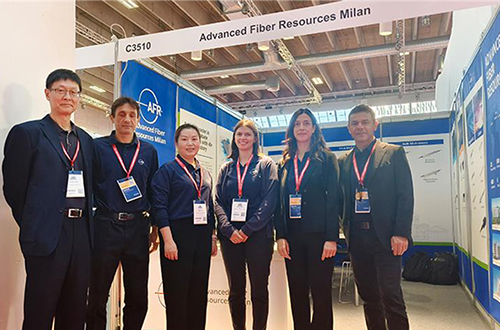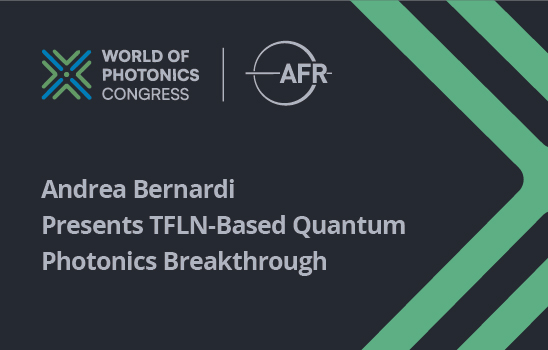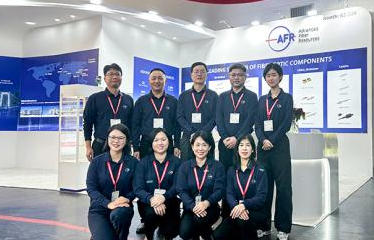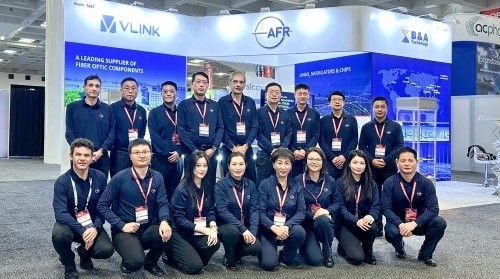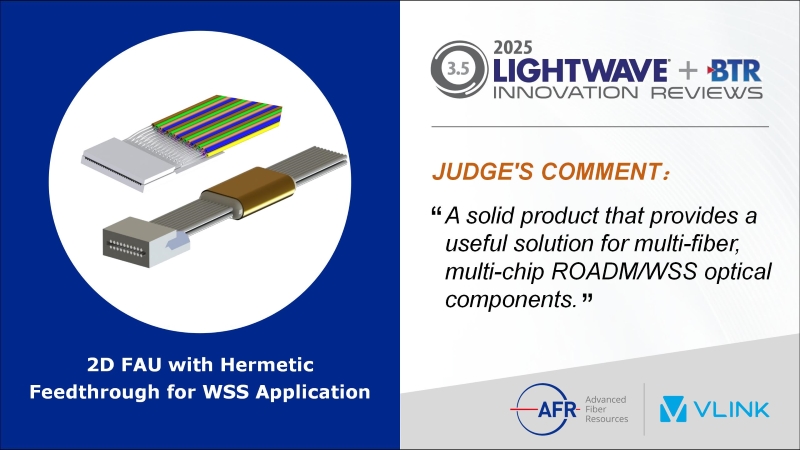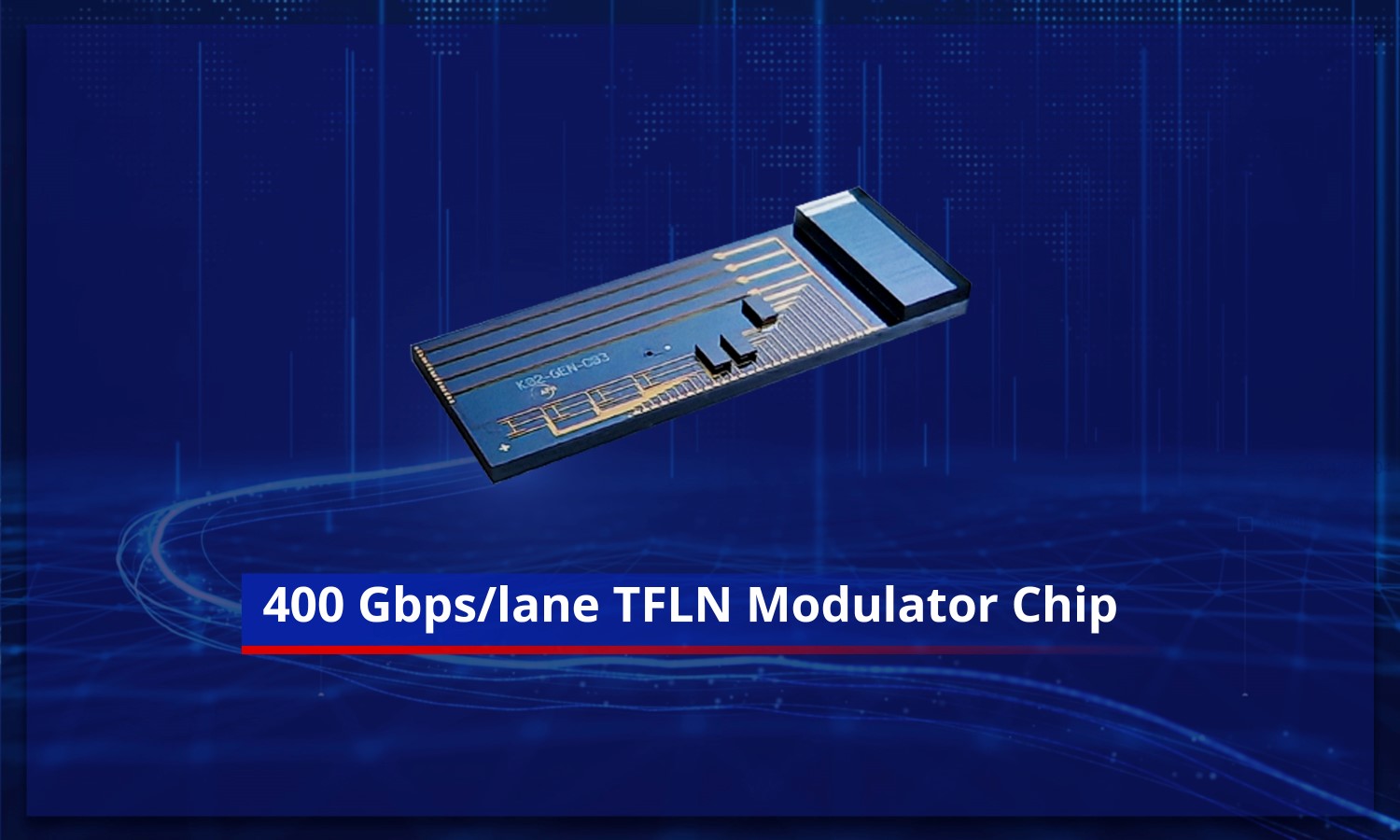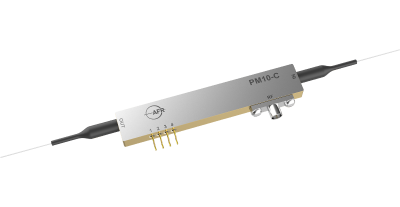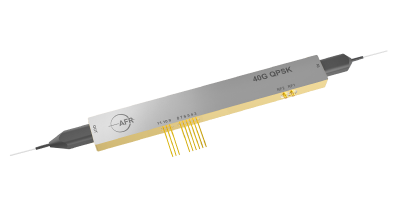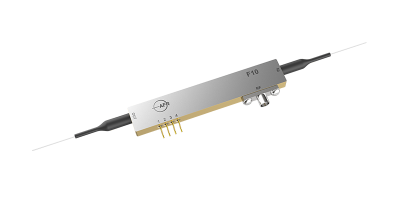Copenhagen, Denmark – October 01, 2025 – AFR Milan, a subsidiary of Advanced Fiber Resources (AFR), successfully participated in the European Conference on Optical Communication (ECOC) 2025, held in Copenhagen, Denmark, from September 29 to October 1.
With AI and enabling technologies such as high-speed modulators, detachable FAUs, and CPO being a central focus throughout the conference and trade show, AFR and its subsidiaries are proud to present a comprehensive product portfolio that addresses key market demands.
Featured Products from AFR Milan
AFR Milan introduced its advanced photonic chips and modulators to meet the growing needs of next-generation networks:
- 400 Gbps/lane TFLN Modulator Chip – Purpose-built for PAM-4 transmission, capable of supporting 1.6 Tbps (DR4/FR4) or 3.2 Tbps (DR8/FR8).
- 130 GBaud CDM (Coherent Driver Modulator) – With power consumption below 3.5 W and an optical extinction ratio ≥ 23 dB, enabling DP-QPSK, DP-16QAM, and DP-64QAM coherent transmission.
- 40 GHz TFLN IQ Modulator – Featuring electro-optic bandwidth > 25 GHz and high linearity, suitable for OFDM, QPSK, QAM formats, and FMCW LiDAR.
- C-Band and 1060 nm Phase Modulator – Combining high linearity, low drive voltage, and compact footprint, supporting modulation up to 10 GHz for ultra-fast high-power lasers and quantum applications.
Innovations from AFR Subsidiaries: B&A and Vlink
Alongside AFR Milan’s showcase, AFR subsidiaries B&A and Vlink highlighted significant advances:
- 4-Pump Raman Amplifier (B&A) – Extends support to C++ bands, delivering low noise figure, flat gain, and high reliability for backbone and coherent transmission networks.
- Single Channel Nano EDFA (B&A) – A compact, low-power amplifier providing up to 6 dBm output power, optimized for single-channel systems and data center interconnects (DCI).
- 2D FAU for WSS (Vlink) – An innovative nonlinear 2D fiber array unit that achieves precise waveguide matching and improved coupling efficiency, enhancing optical path stability in wavelength selective switching (WSS) systems.




